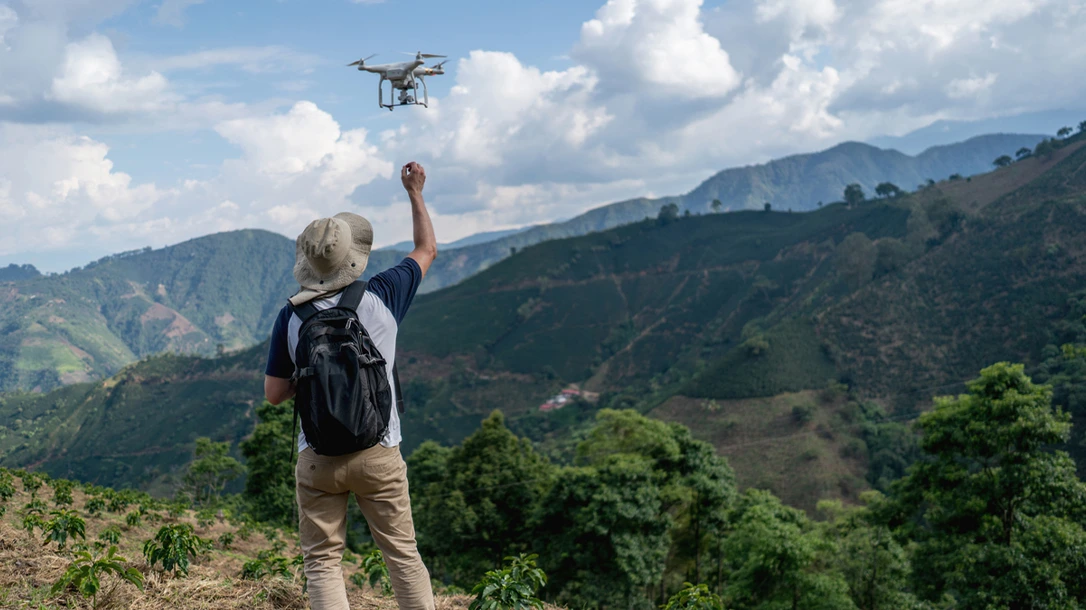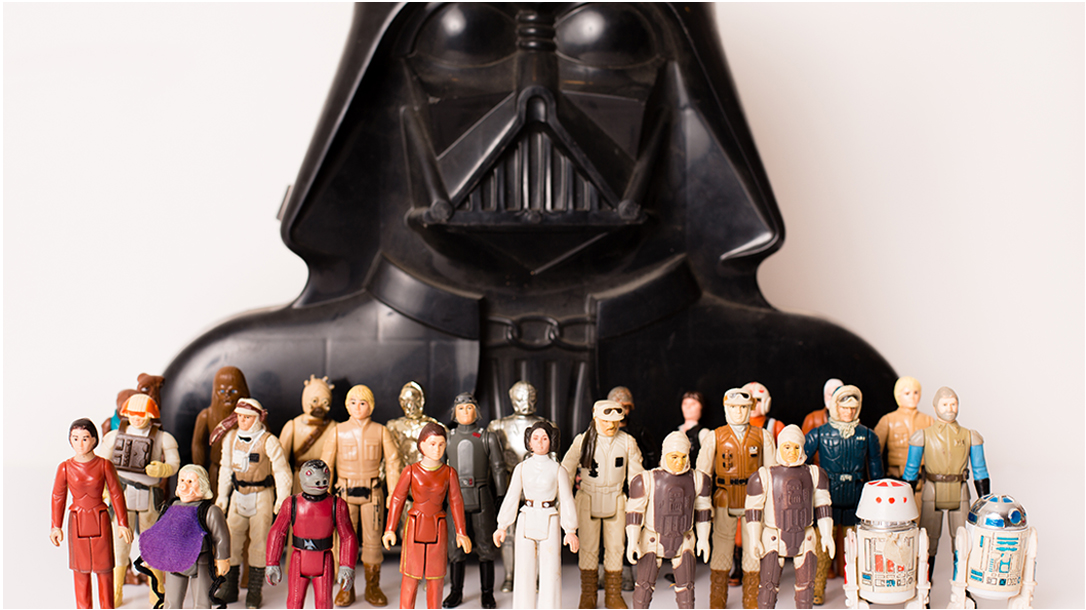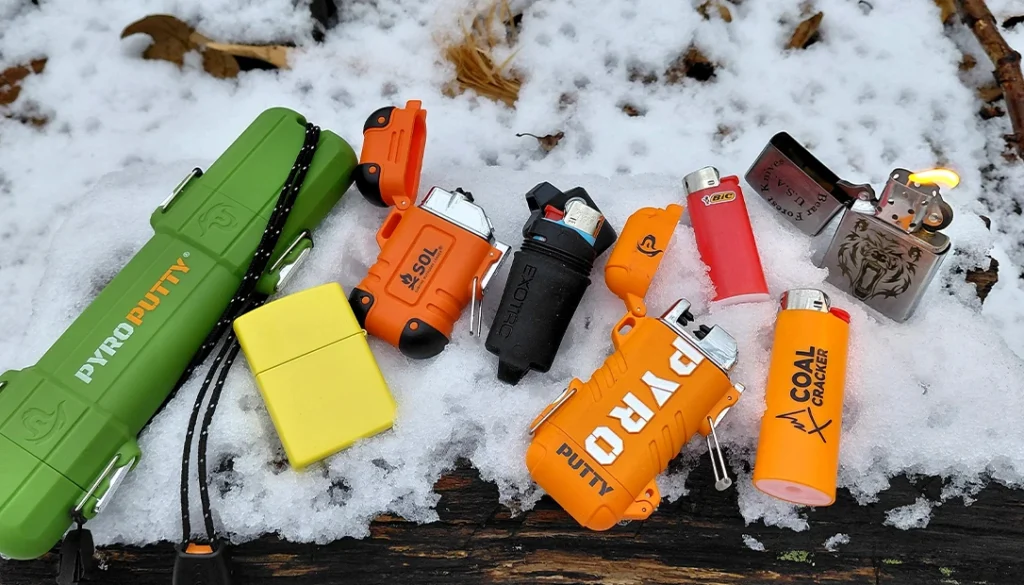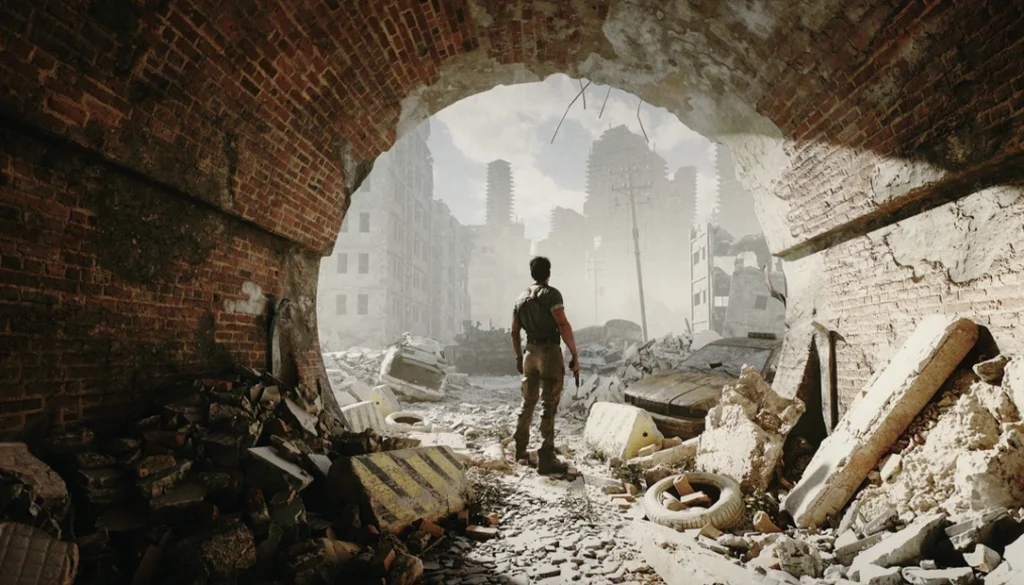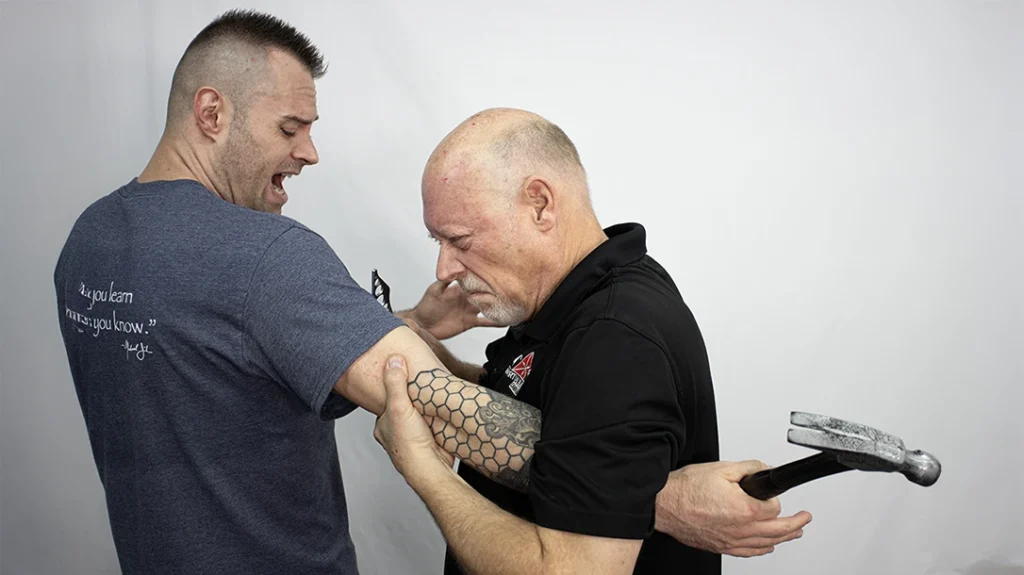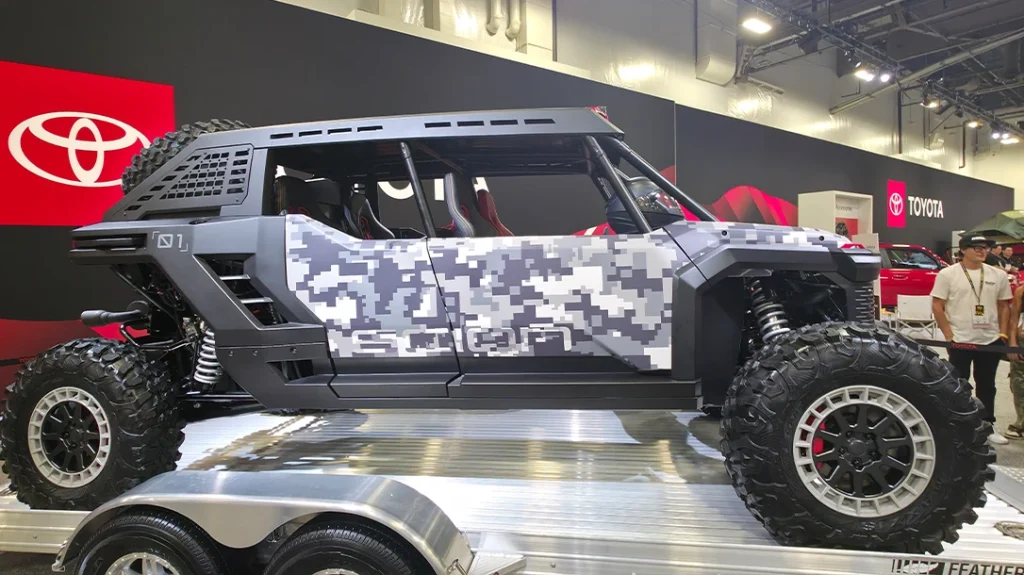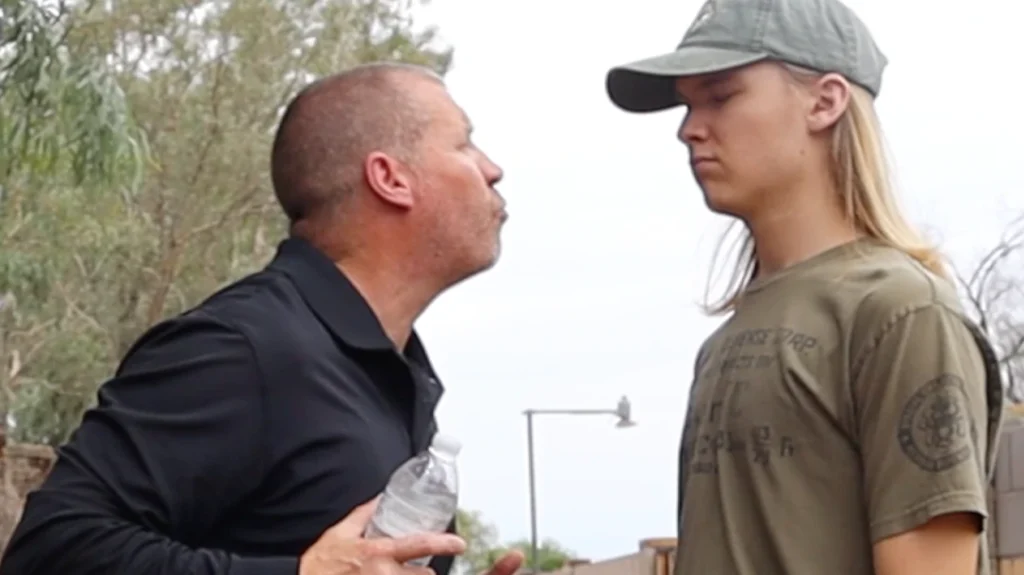Drones have exploded in popularity over the last decade—and for good reason. These compact flying machines have transformed the way we capture the world, offering new perspectives and capabilities that were once limited to helicopters, cranes, or scaffolding.
Whether you’re shooting dynamic concert footage, surveying property for a real estate listing, or simply curious about what your neighborhood looks like from 200 feet up, there’s likely a drone that fits your needs.
But stepping into the drone market for the first time can feel like walking into a camera store where everything floats, has a propeller, and speaks a slightly different language. Specs like GPS lock, gimbals, transmission range, flight time, and payload capacity come flying at you before you even understand what your goal is.
Advertisement — Continue Reading Below
That’s why this guide exists. We’re going to demystify the drone landscape—from understanding your use case to choosing the right platform and navigating the legal landscape of where and how to fly. No hype. Just solid guidance to help you get your flying camera in the air, responsibly and effectively.
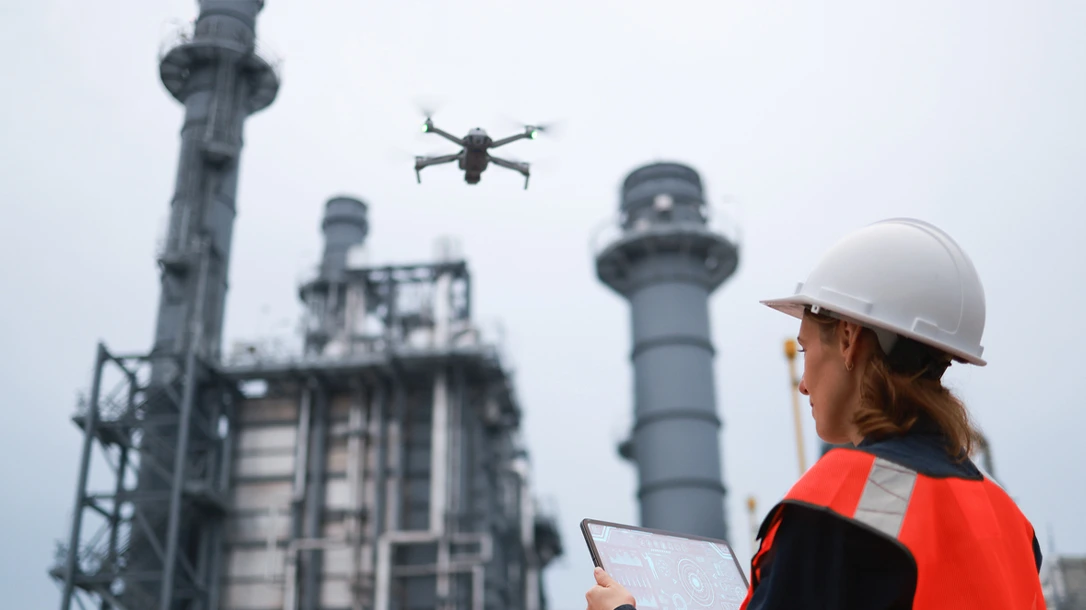
What Are You Flying For?
The first and most important question a potential drone pilot should ask is: What do I actually want to use this drone for?
Advertisement — Continue Reading Below
This isn’t about narrowing your creativity—it’s about anchoring your purchase to a purpose. Because while all drones fly, not all drones are created to solve the same problems.
Are you looking to film fast-moving subjects, such as cars, motorcycles, or live-action sports? You’ll need something with strong tracking capabilities and a high frame rate camera. Are you shooting slow, cinematic landscape reveals or architectural exteriors? A stable gimbal and good sensor quality matter more than top speed. Real estate flyovers? You’ll need GPS stability, auto-hover features, and a lens that can capture wide horizontal sweeps without distortion.
If you want to carry your own camera (such as a GoPro or compact mirrorless unit), you’ll need a drone with a payload capacity—and that already shifts you into a different buying tier. If you’re scouting rooftops, checking farmland, or filming outdoor events, you may also need weather resistance, strong battery life, and return-to-home features that keep you out of trouble if connection drops.
Advertisement — Continue Reading Below
In short, know your mission, and the gear will follow.
The 249g Rule
One of the biggest surprises for new drone owners is that size—and more specifically, weight—has legal consequences.
In the United States, the Federal Aviation Administration (FAA) mandates that any unmanned aircraft system (UAS) weighing 250 grams or more must be registered. The magic number is 249 grams. Drones at or under this weight threshold don’t need to be registered (for recreational use), though you still must follow basic FAA safety guidelines.
Advertisement — Continue Reading Below
That’s why you’ll see many manufacturers releasing drones that tip the scale just under that limit. The DJI Mini series is a perfect example. These drones are compact, lightweight, and fall just under 249g, making them more accessible to casual flyers and content creators who don’t want to worry about FAA paperwork.
If you’re flying for commercial purposes—say, you’re capturing footage for a paid gig, advertising, or even YouTube monetization—you are required to obtain a Part 107 certification, regardless of drone weight. We’ll talk about that shortly.
Underwater Drones
While most drone talk revolves around flight, there’s a growing market for underwater drones—remotely operated vehicles (ROVs) designed for submersion rather than altitude. These devices are handy for marine inspections, diving, boat maintenance, search and recovery operations, or even underwater cinematography.
Advertisement — Continue Reading Below
The same questions apply: what do you need it to do? Some units offer real-time 4K video with extended tethered range, while others are more like remote-controlled “fish finders” with limited video quality and shallow depth ratings.
Suppose your project or job involves anything aquatic or underwater. In that case, drones can be an incredibly valuable tool—and they often get overlooked because we forget that drones don’t just operate in the air.
Key Drone Features That Actually Matter
Once you understand your use case and weight class, you’ll want to evaluate features that directly affect the drone’s performance in your workflow.
Advertisement — Continue Reading Below
Camera Quality is obviously king. Look for drones with at least 1/2.3″ sensors if you’re creating casual content. Larger sensors (1″ and above) provide better dynamic range, low-light performance, and cinematic depth. Some drones offer RAW photo support and log video profiles, which are essential for professional editors.
Gimbals and Stabilization separate the toys from the tools. A good 3-axis gimbal is essential for achieving smooth, watchable footage. No amount of software stabilization can replace physical motorized balance.
Flight Time should be taken with a grain of salt. If a drone says it flies for 31 minutes, that’s under lab conditions. Real-world flight times are usually 3–5 minutes shorter. Always carry extra batteries.
Advertisement — Continue Reading Below
Transmission Distance matters if you’re flying around structures, trees, or in urban environments. Look for drones with strong signal penetration and clear return-to-home protocols.
Obstacle Avoidance is a lifesaver for new pilots. Some drones have front-facing sensors only; others have full 360° vision and infrared support. If you’re new or flying in tight spaces, this makes a difference.
GPS and Flight Modes—things like ActiveTrack, QuickShots, Waypoints, and Cinematic Mode—are great for capturing pro-level footage with minimal piloting experience. These features help keep your framing clean, allowing you to focus on creative movement.
Advertisement — Continue Reading Below
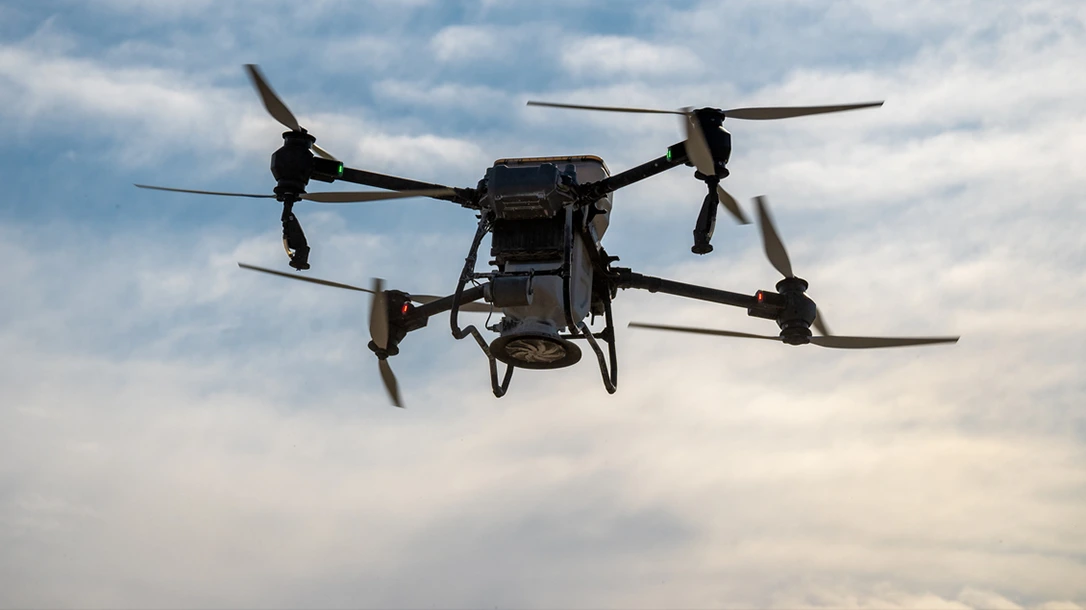
The Legal Airspace
Flying a drone isn’t just about skill—it’s about knowing where you’re allowed to be. While the FAA governs U.S. airspace, local and state regulations can impose additional restrictions.
In general, you can’t fly over people without their permission. You can’t fly over private property without consent. You can’t fly near airports without special clearance. And in many cities, parks, schools, government buildings, or sensitive infrastructure are no-drone zones.
Use apps like B4UFLY, AirMap, or DroneBuddy to get real-time, GPS-verified maps that show where you can and can’t launch. These tools are indispensable for planning ahead.
If you’re flying for business or professional use, the Part 107 Certification is your legal requirement. It’s a knowledge-based test administered by the FAA, covering airspace classes, weather, drone regulations, and operational rules. It’s not difficult if you study, and it’s absolutely necessary if you’re flying commercially.
Post-Processing and the “Flat Look”
Something that catches many new drone pilots off guard is how the footage looks straight out of the camera—especially if you’re using a drone that shoots in a log profile or RAW format. These flat color profiles are designed to preserve detail for editing, not to look perfect right out of the gate.
That grayish, low-contrast video might seem underwhelming at first, but it provides greater control in post-production, especially if you’re color grading to match other footage or creating a cinematic tone. If you want great video straight out of the drone, look for models that offer both standard and flat profiles, or plan to invest some time in learning basic video editing.
FPV vs. Traditional Camera Drones
Most of what we’ve covered in this guide applies to traditional GPS-stabilized camera drones—the kind used for smooth cinematic footage, real estate, and surveying. However, there’s another fast-growing category: FPV (First-Person View) drones. These are agile, immersive experiences, often piloted with goggles, that put you in the cockpit virtually. They’re ideal for racing, freestyle flying, or dramatic one-take shots inside buildings and tight environments.
FPV drones require a completely different skill set and rarely feature auto-hover or obstacle avoidance capabilities. If you’re curious about the more extreme side of drone flight, know that FPV is its own world—with higher risk, but massive creative reward.
Weather and Environmental Factors
Drones might look like little machines, but they’re still aircraft—and they’re sensitive to their environment. Cold weather can dramatically reduce battery performance, sometimes cutting flight time in half.
High wind impacts stability and range, especially for lightweight drones near the 249g threshold.
Moisture is another threat—most consumer drones are not waterproof, and even a light drizzle can compromise motors or gimbals. Always check the weather before your flight, bring backup batteries if it’s cold, and never rely solely on the drone’s return-to-home range in a headwind. As much as we want to fly anywhere, anytime, part of being a good drone pilot is knowing when to call it.
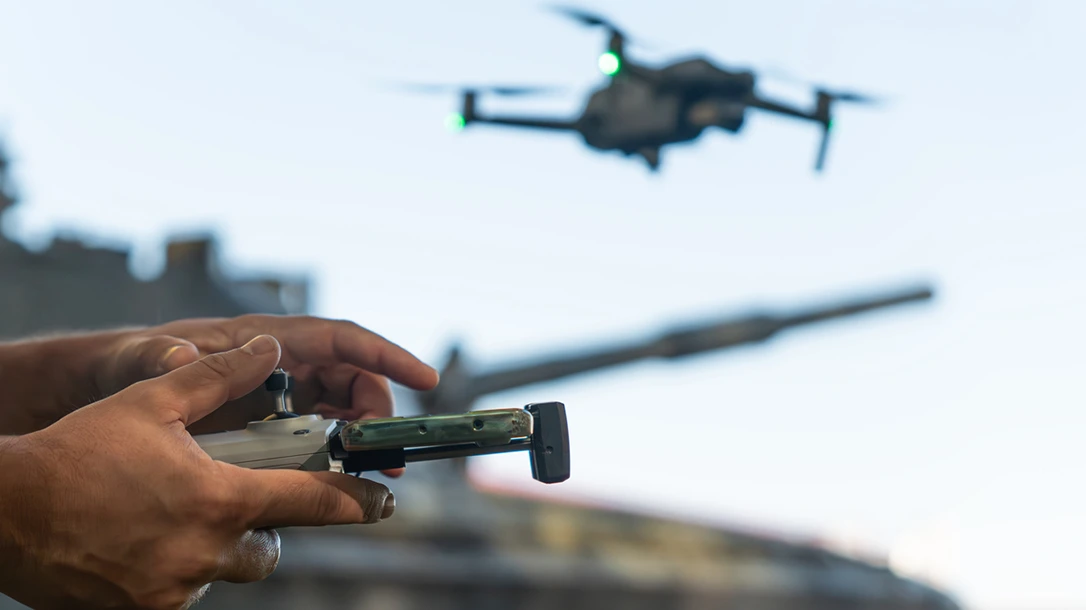
What to Expect as a New Pilot
Your first few flights will likely be thrilling and a little nerve-wracking. Modern drones are incredibly forgiving—they hover, auto-brake, and return home at the press of a button—but that doesn’t mean mistakes don’t happen.
Expect wind drift. Expect orientation loss when the drone is far away and you’re unsure which way the nose is pointing. Expect a bit of panic when the battery hits 20% and the drone is still 800 feet away. These are normal learning moments.
Start slow. Fly in open areas. Learn to make minor adjustments and use your camera gimbal independently of movement. Practice your takeoffs and landings like you’re training for a license—even if you don’t need one yet.
Cameras with Wings
At the end of the day, a drone is just a camera that happens to fly. Treat it with the same respect you would give any powerful lens, firearm, or recording device. It sees what you tell it to see—and it goes where you guide it. That means the burden of responsibility falls on you.
Buy smart. Train smart. Fly smart. And above all—use your drone to show us something new
